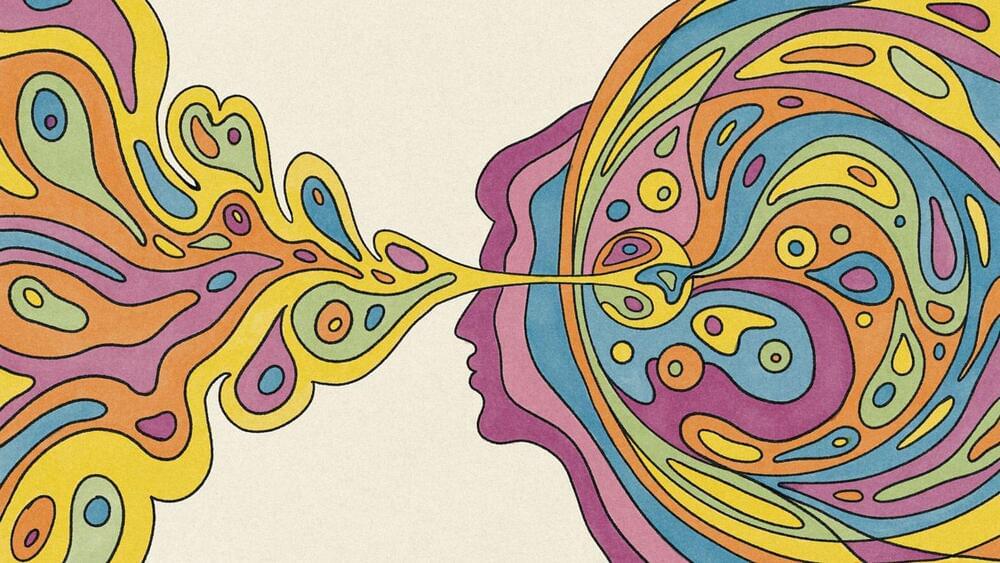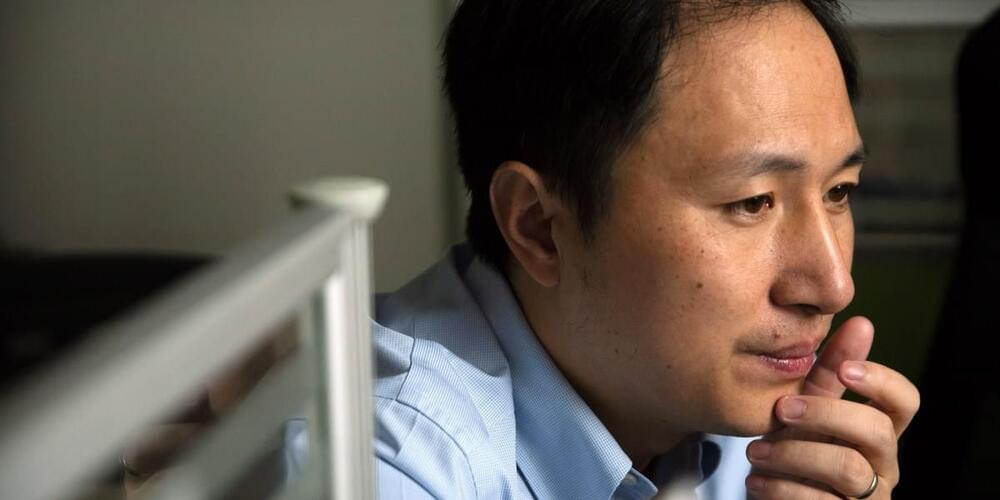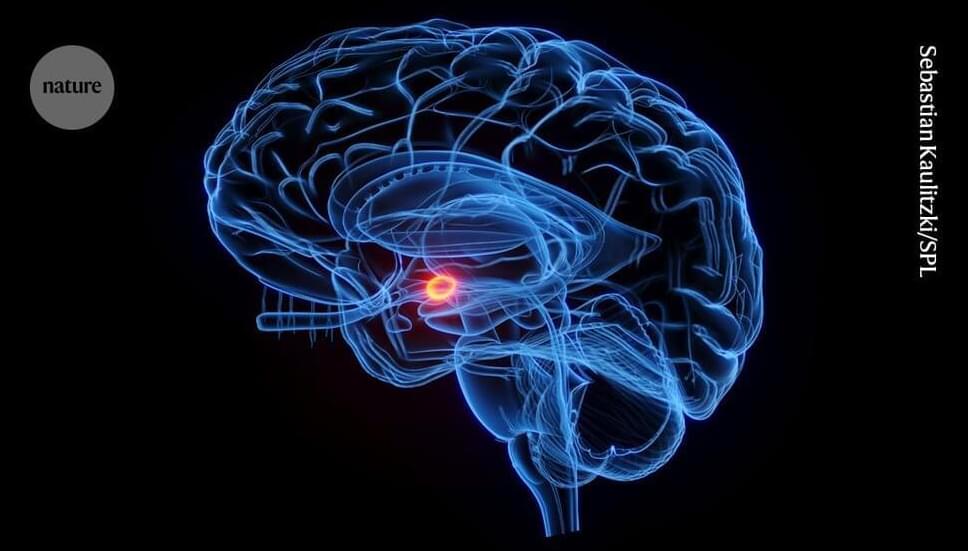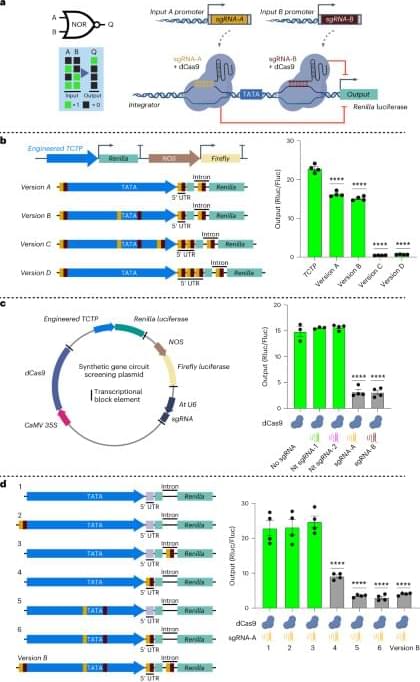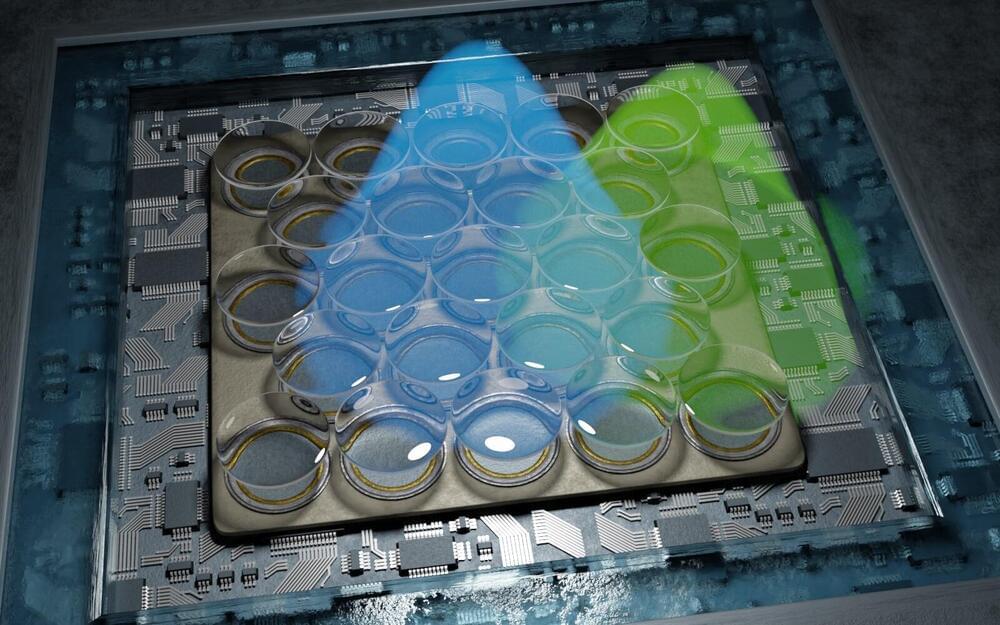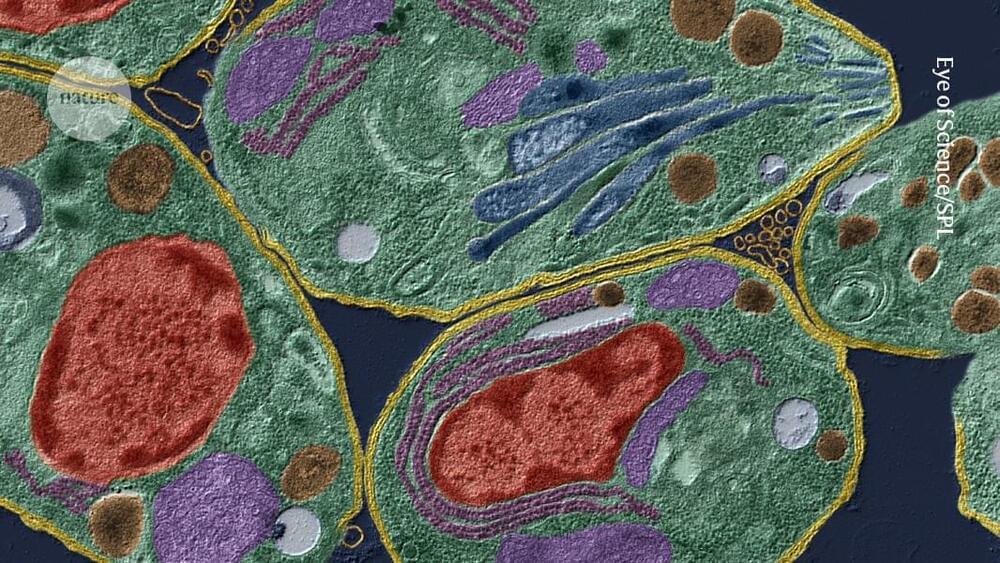Leading The Next Wave Of Innovation In Drug Discovery, To Modulate Any Target, Every Time — Dr. P. Ryan Potts, Ph.D., VP and Head, Induced Proximity Platform, Amgen.
Dr. Ryan Potts, Ph.D. is Vice President and Head, Induced Proximity Platform at Amgen (https://www.amgen.com/science/researc…) which is focused on novel ways to bring two or more molecules in close proximity to each other to tackle drug targets that are currently considered “undruggable.” He also leads Amgen’s Research \& Development Postdoctoral Fellows Program (https://www.amgen.com/science/scienti…).
Dr. Potts obtained his B.S. in Biology from the University of North Carolina and his Ph.D. in Cell and Molecular Biology from UT Southwestern in 2007. In 2008 he was awarded the Sara and Frank McKnight junior faculty position at UT Southwestern Medical Center. During this time his lab focused on answering a long-standing question in cancer biology regarding the cellular function of cancer-testis antigen (CTAs) proteins. In 2011 he was appointed Assistant Professor in the Departments of Physiology, Pharmacology, and Biochemistry at UT Southwestern Medical Center. His lab’s work defined a function for the enigmatic MAGE gene (Melanoma Antigen Gene) family in protein regulation through ubiquitination.
In 2016 Dr. Potts lab moved to St. Jude Children’s Research Hospital where he was an Associate Member in the Department of Cell and Molecular Biology. There his lab continued to work on CTAs, with a focus on elucidating the biochemical, cellular, physiological and pathological functions of the MAGE gene family.
In 2020 Dr. Potts moved to Amgen, Inc. in Thousand Oaks, California to build a new department called the Induced Proximity Platform (IPP).
